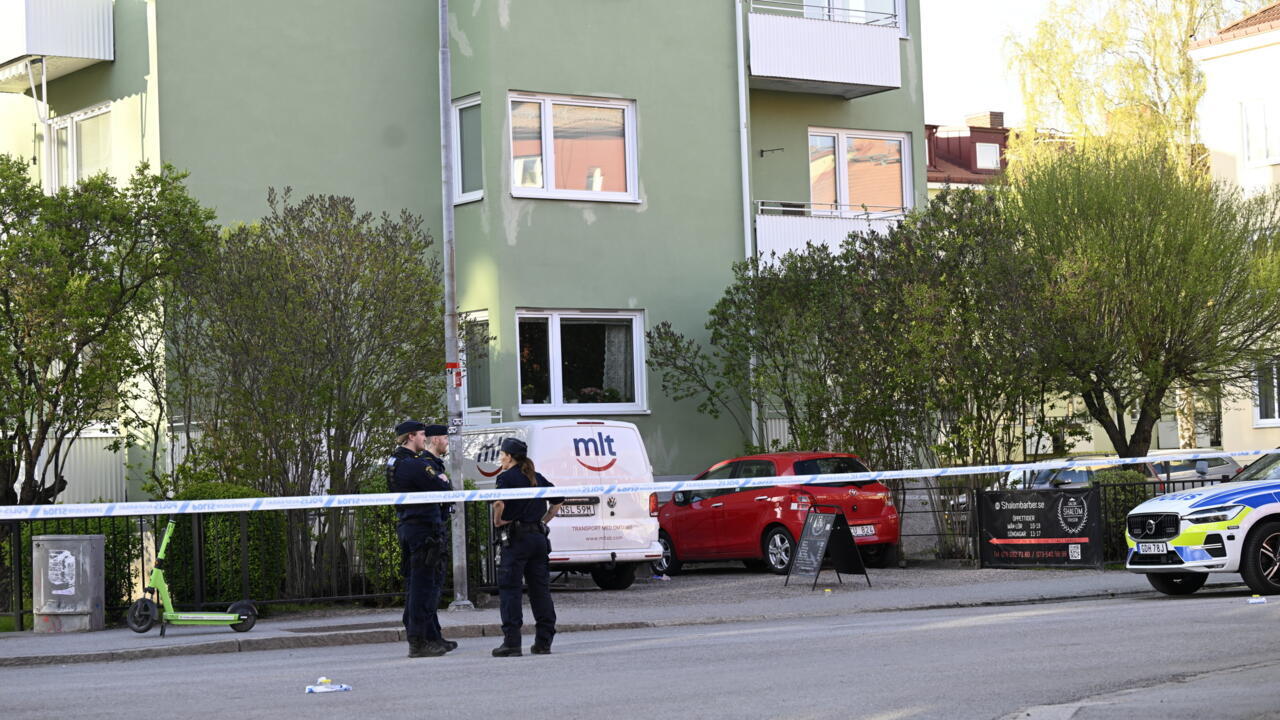King Charles III has sent his condolences to the people of Myanmar after Friday’s deadly earthquake.
In a message on social media, King Charles spoke of the shock and sadness he and the Queen felt about the earthquake, which killed more than 1,600 people.
He sent their “deepest possible sympathy” to those who had lost loved ones, homes or livelihoods.
The King is understood to be staying at his Highgrove estate after spending time in hospital earlier this week due to side effects from his cancer treatment.

- King feeling better – but will be frustrated by visit cancellation
The 7.7-magnitude quake killed hundreds at the epicentre near Mandalay, Myanmar. Its powerful effects could be felt hundreds of miles away in Thai capital Bangkok, as well as in China and India.
There have been reports of widespread devastation in the Saigaing region and in Mandalay, where buildings have been flattened and temple spires toppled. Officials in Myanmar say more than 1,600 have died so far, with another 2,376 injured.
Charles wrote: “My wife and I were most dreadfully shocked and saddened to learn of the devastating earthquake in Myanmar, with its tragic loss of life and appalling damage to homes, buildings and livelihoods, not to mention the destruction of sacred pagodas, monasteries and other places of worship.
“I know that the people of Myanmar continue to endure so much hardship and tragedy in your lives, and I have long admired your extraordinary resilience and spirit.”
He added: “At this most difficult and heartbreaking of times, my wife and I send our deepest possible sympathy to all those who have suffered the profound tragedy of losing their loved ones, their homes and their precious livelihoods.”
The King, 76, cancelled a trip to Birmingham on Friday on medical advice, Buckingham Palace said. He had spent a short time in hospital the previous day.
He left Clarence House, his London residence, on Friday morning to travel to his Gloucestershire estate.
His cancer diagnosis was announced in February 2024. The Palace has not said what type of cancer he has, nor what the recent side effects were.

What caused the earthquake?
The earth’s upper layer is split into different sections, called tectonic plates, which are all moving constantly. Some move alongside each other, whilst others are above and below each other.
It is this movement that causes earthquakes and volcanoes.
Myanmar is considered to be one of the most geologically “active” areas in the world because it sits on top of the convergence of four of these tectonic plates – the Eurasian plate, the Indian plate, the Sunda plate and the Burma microplate.
The Himalayas were formed by the Indian plate colliding with the Eurasian plate, and the 2004 Tsunami as a result of the Indian plate moving beneath the Burma microplate.
Dr Rebecca Bell, a reader in tectonics at Imperial College London, said that to accommodate all of this motion, faults – cracks in the rock – form which allow tectonic plates to “slither” sideways.
There is a major fault called the Sagaing fault, which cuts right through Myanmar north to south and is more than 1,200km (746 miles) long.
Early data suggests that the movement that caused Friday’s 7.7-magnitude earthquake was a “strike-slip” – where two blocks move horizontally along each other.
This aligns with the movement typical of the Sagaing fault.
As the plates move past each other, they can become stuck, building friction until it is suddenly released and the earth shifts, causing an earthquake.

Why was the earthquake felt so far away?
Earthquakes can happen at up to 700km (435 miles) below the surface. This one was just 10km from the surface, making it very shallow. This increases the amount of shaking at the surface.
The earthquake was also very large – measuring 7.7 on the moment scale. It produced more energy than the atomic bomb dropped on Hiroshima, according to the US Geological Survey.
The size of the earthquake was because of the type of fault, said Dr Bell.
“The straight nature [of the fault] means earthquakes can rupture over large areas – and the larger the area of the fault that slips, the larger the earthquake,” she explained.
“There have been six magnitude 7 or greater earthquakes in this region in the last century.”
This straight fault also means a lot of the energy can be carried down its length – which extends for 1200km south towards Thailand.
How earthquakes are felt at the surface is also determined by the type of soil.
In soft soil – which is what Bangkok is built on – seismic waves (the vibrations of the earth) slow down and build up, getting bigger in size.
So Bangkok’s geology would have made the ground shaking more intense.











Leave a Reply